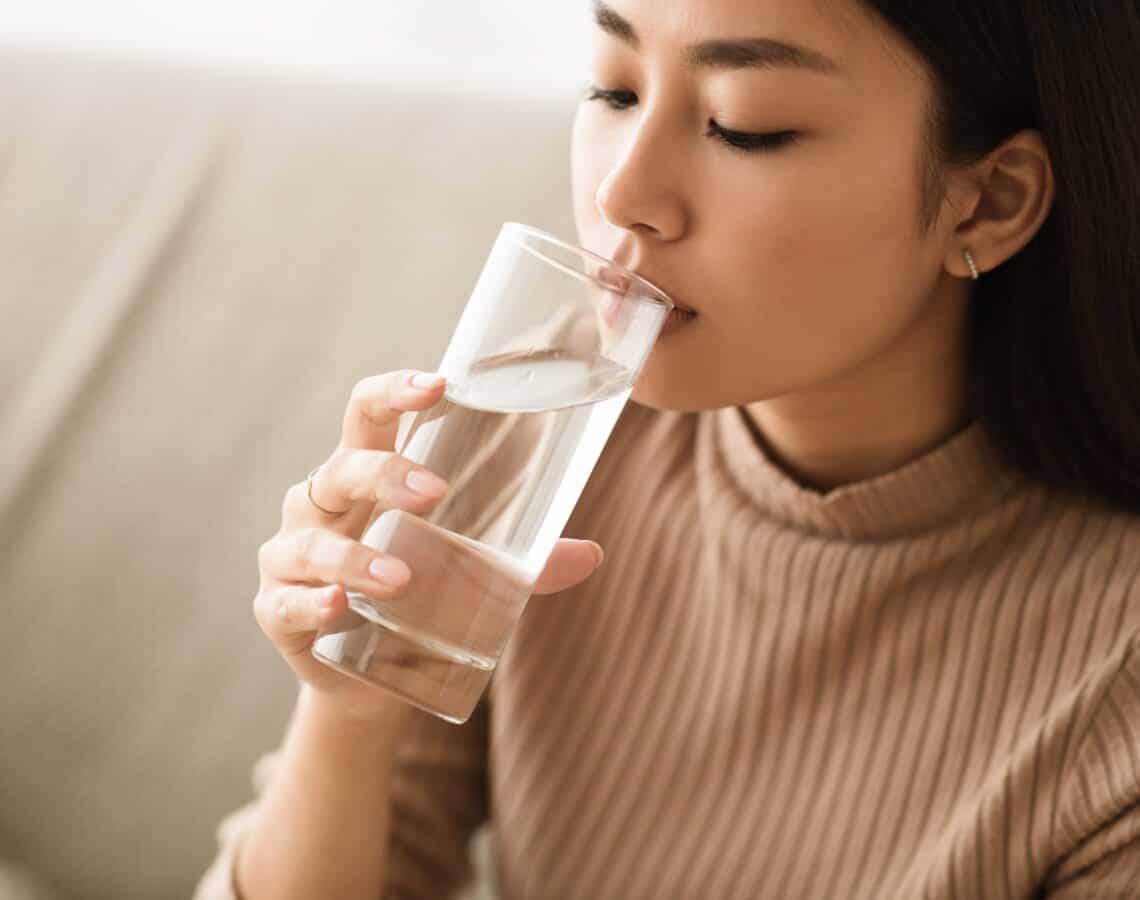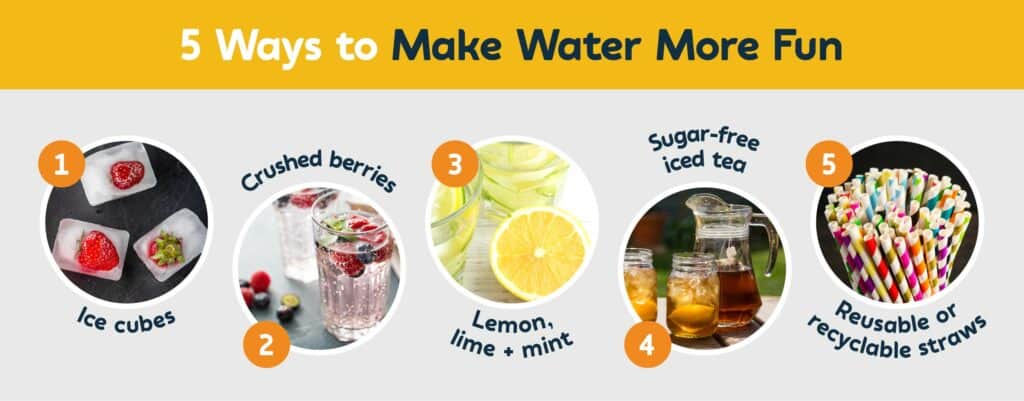Go for H20: why hydration matters when you are on the mend

Paying attention to how much water you are sipping down may be the last thing on your mind when you are stuck at home isolating or recovering from an illness like COVID-19.
However, now is an important time to keep that water bottle within arm’s reach.
Staying hydrated is important all year round, though even more so when you are unwell or your normal routine has been disrupted.
Dehydration danger
When dehydrated, our minds and bodies cannot perform at their best. After all, your body is 50-80% water, and if dehydrated we often feel more fatigued than usual or start to have trouble concentrating (the fuzzy head feeling). Your body temperature may also rise, because it cannot regulate heat properly when the total amount of water in your body is below normal level.
Our system can slow down, which is not surprising when you consider water helps with everything from brain function to flushing out waste. According to Australian Dietary Guidelines, reviews have shown an association between inadequate water consumption and poor health: “Dehydration of as little as 2% loss of body weight results in impaired physiological responses and performance.”
The best way to beat dehydration is to drink water before you feel thirsty. The problem is our internal thirst mechanisms lag behind our actual level of hydration, so by the time you feel thirsty, you are probably already dehydrated.
Being unwell can lead to more fluid loss than usual, such as sweating from a fever, so replenishing those fluids is a must.
Just add water
Health and Wellbeing Queensland’s Principal Nutritionist, Mathew Dick, says even if you don’t feel thirsty, you should try to drink plenty of fluids, especially water, throughout the day.
“Staying hydrated is always important, but especially when you’re sick – you’ll need to drink plenty of fluids and try to eat when you can to keep your energy up and help your body fight infection and recover. Take small, frequent sips if you’re struggling to drink large amounts at one time.”
Drinking water regularly can also help stop mindless snacking and overeating as many Queenslanders isolate at home over the coming weeks.
At this time of the year, the scorching heat is another good reason not to forgo the H20 – particularly when you are back outdoors and exercising.
Remember, water doesn’t have to be boring – try adding ice cubes or chopped fruit to mix things up.

Are you getting enough?
Your body relies on water to function properly, helping with everything from regulating temperature to digestion. The amount of water you should drink varies from person to person, but a good approach is to make sure you are drinking 8-10 cups of water per day. An easy way to tell if you are hydrated enough is by the colour of your urine – drink enough so it is pale yellow.
As a general guide, women should aim to drink 2.1 litres (about eight cups), while men should aim for 2.6 litres (about 10 cups) each day.
Water is the easiest and cheapest way to stay hydrated (with zero kilojoules), but other fluids, such as tea and coffee, can count towards your daily intake. Just keep in mind not all drinks are created equal. Juices, fruit drinks, cordials, soft drinks, flavoured milks and milkshakes can contain high sugar content.
When you are unwell and have lost your appetite, it’s ok to sip on these drinks with added sugars to help get the extra fluids and energy you need when you’re not up to eating solid foods. You can also suck on an ice cube or electrolyte ice blocks.
Drink up
Struggling to drink enough water? Try these 10 handy hints to up your intake:
- Start your day with a glass of water.
- Keep water bottles filled up around your house. Anytime you finish it, fill it up again.
- Carry your favourite water bottle with you as a reminder to drink regularly.
- Have water on the table at mealtimes.
- Always keep a water bottle handy near your bedside or couch if you are unwell.
- Keep chilled water in the fridge.
- Mix it up with shaped ice cubes or add flavour to your water with some fresh fruit (lemons, berries), veggie slices (cucumber, celery) and herbs (ginger, mint, basil).
- Track how much you drink by using a bottle with measures on the side or a phone app to record the number of glasses.
- Get some cool re-useable straws to help you drink more.
- Pack a frozen water bottle in school lunchboxes (this will keep food cool and fresh and provide cold water to drink at lunchtime).


